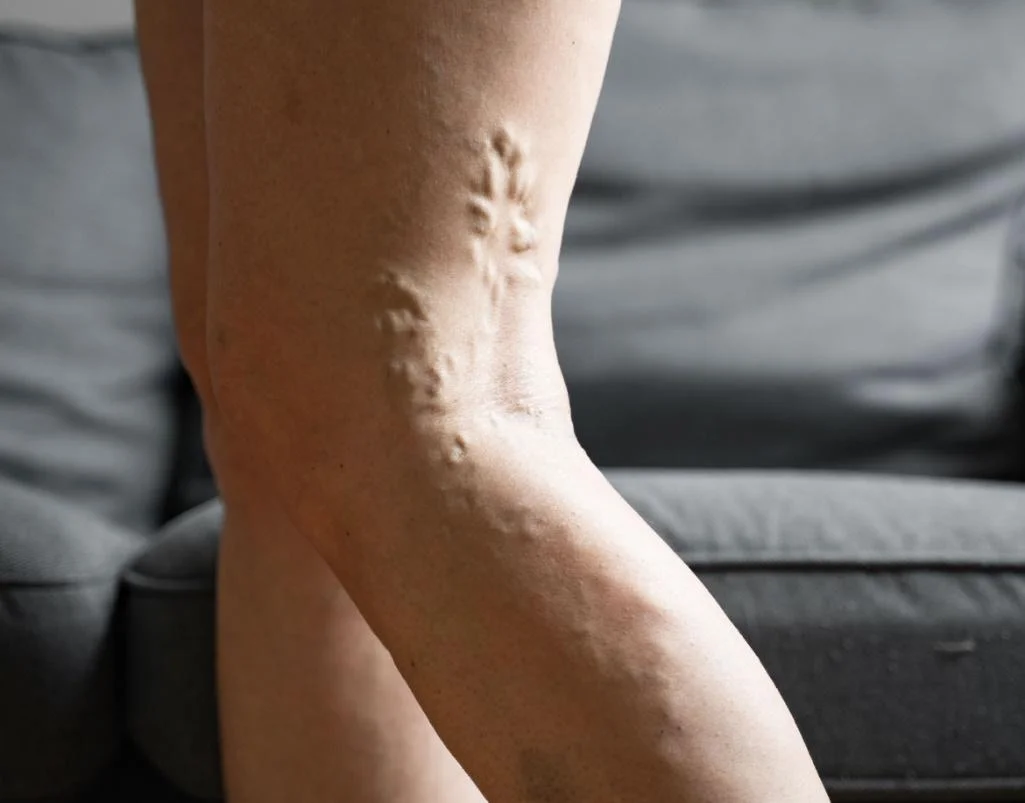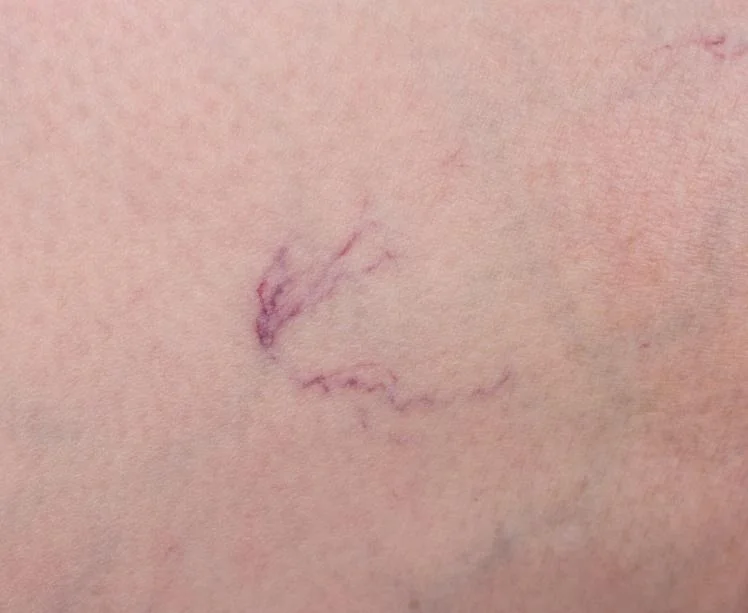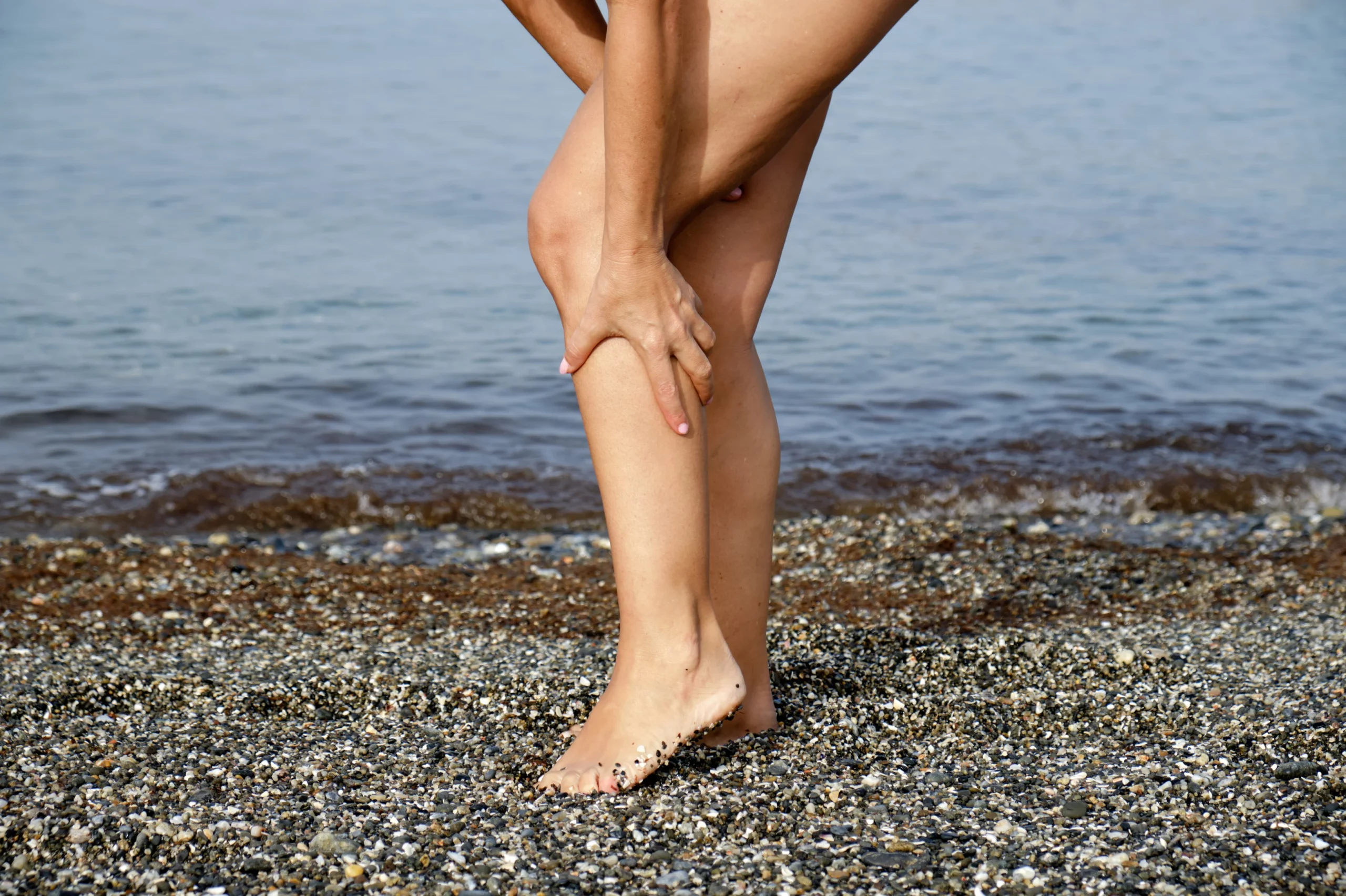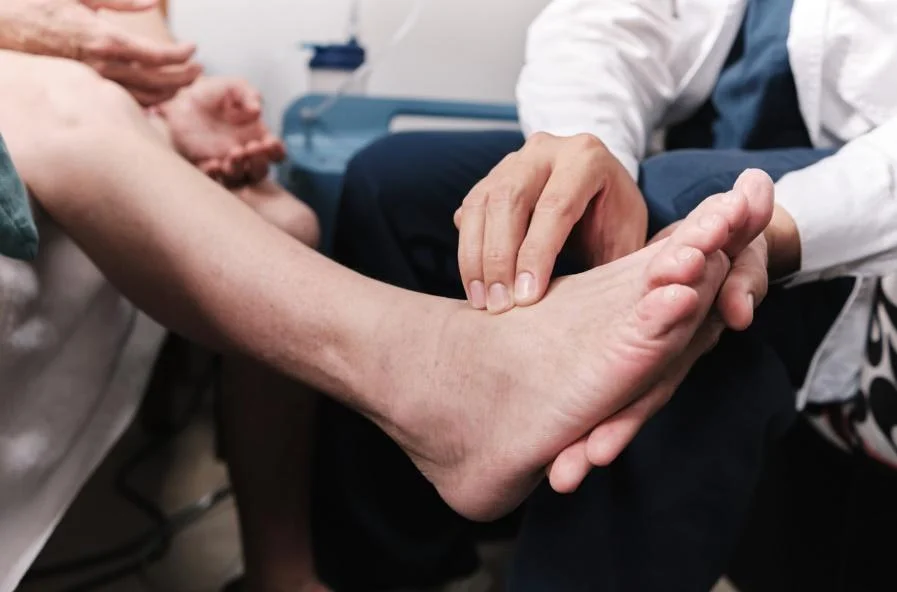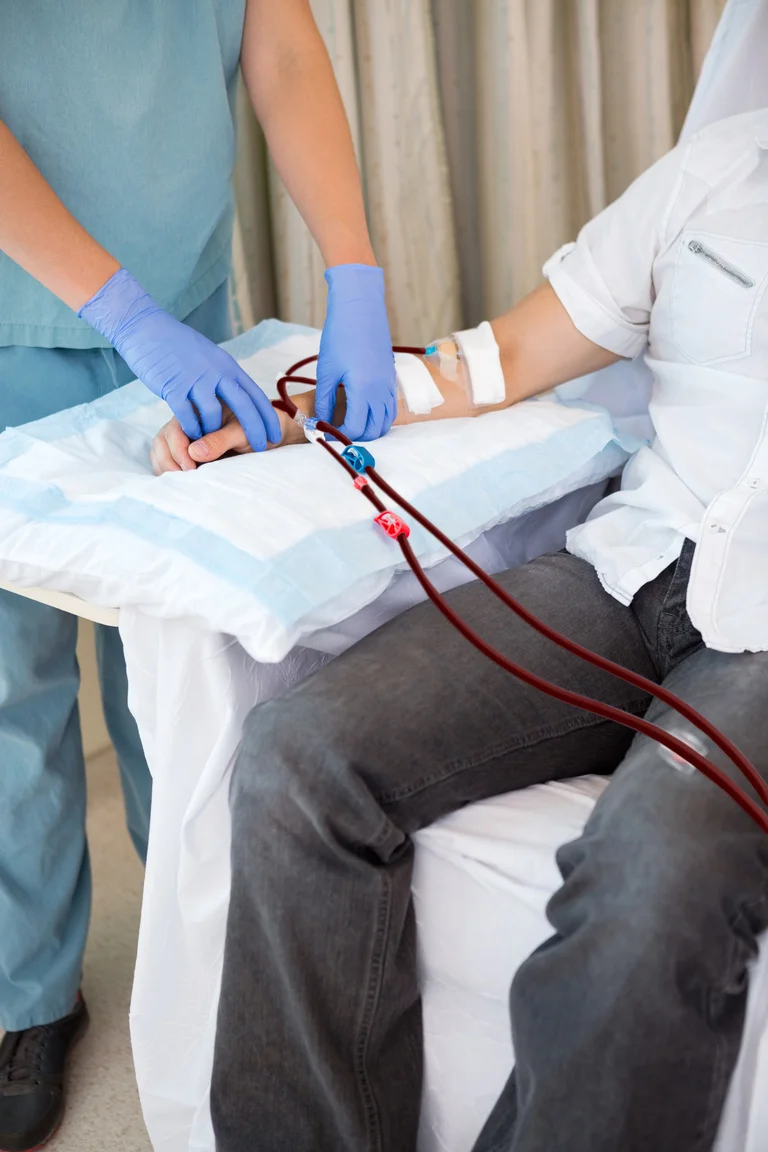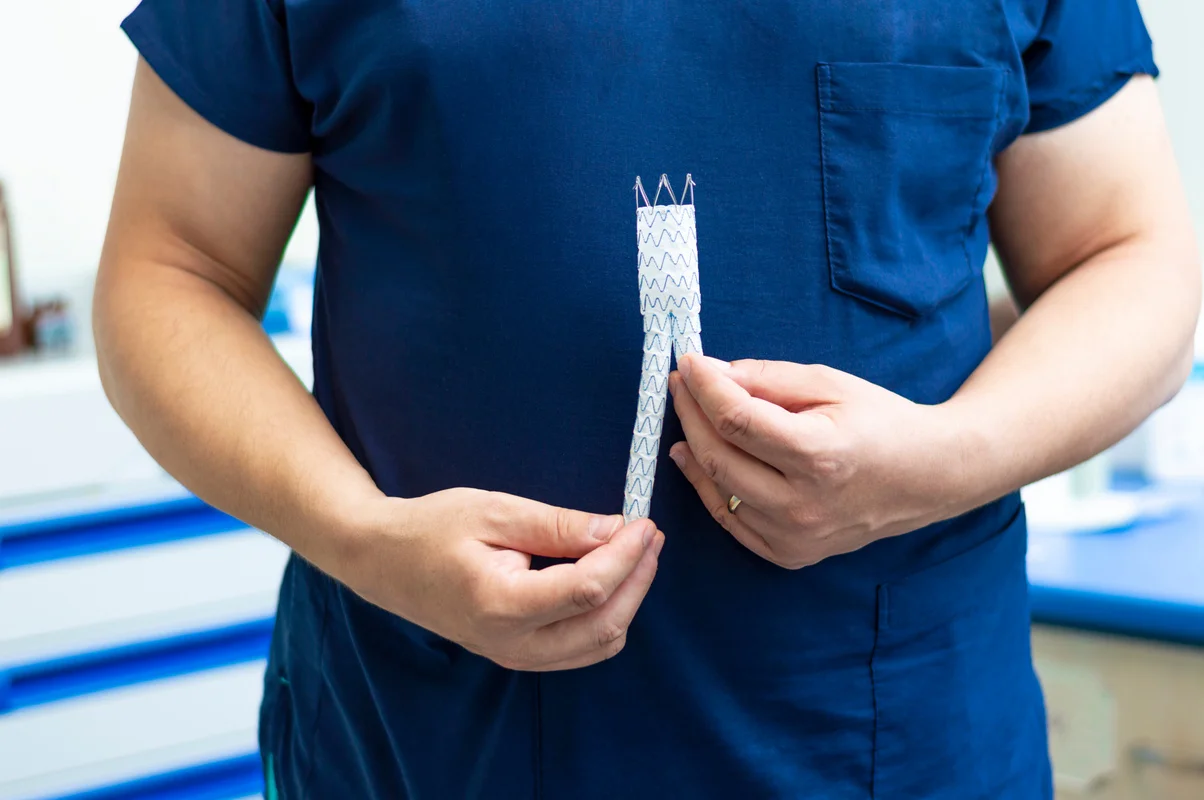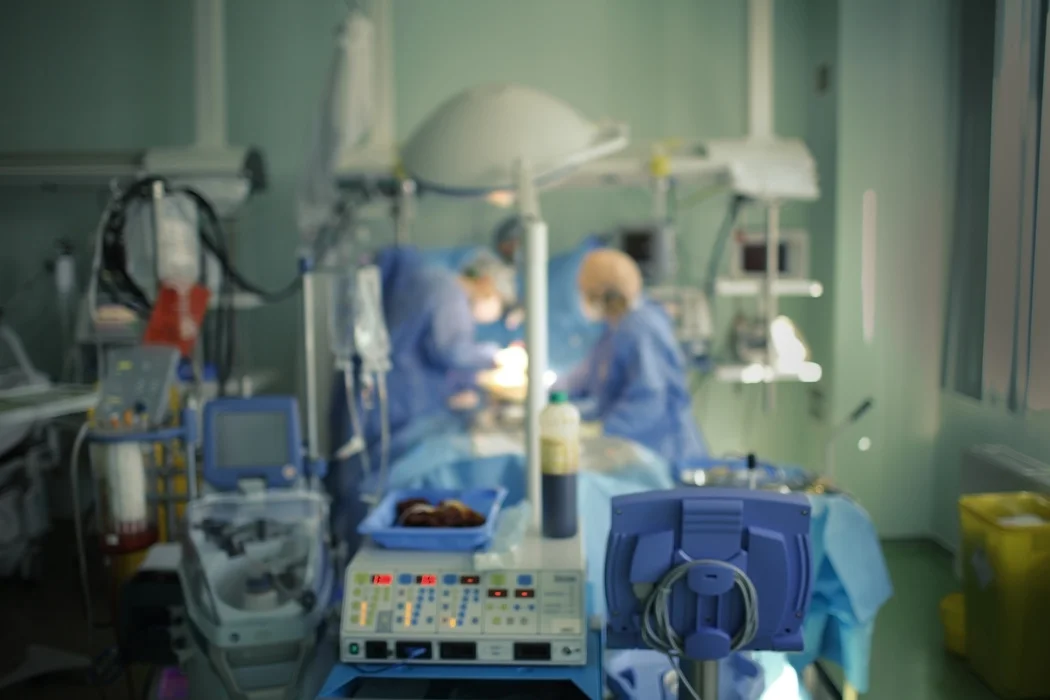What is a Poorly Healing Foot Wound?
A poorly healing foot wound is a persistent sore or ulcer that doesn’t show significant improvement within the usual timeframe for natural healing. While everyone recovers at different speeds, most foot wounds should show notable progress over a few weeks. When a wound continues to linger, it may suggest deeper issues—such as reduced blood flow or an underlying condition like diabetes. Paying attention to these warning signs is important, since prolonged foot wounds can put you at risk for infection, tissue damage, and other complications that can affect your mobility and overall quality of life.
Common Symptoms and Early Clues
Poorly healing foot wounds aren’t always immediately obvious, but certain signs can point to a prolonged healing process:
- The wound remains open for weeks or even months, with minimal signs of closing.
- There’s persistent redness, warmth, or swelling around the sore.
- An unpleasant odor or discharge is noticeable.
- You see a black or yellowish film (called eschar) forming over the wound.
- It becomes increasingly painful to walk, or you feel ongoing discomfort in the area.
When you spot any of these signs, it’s best not to delay seeking advice. Wounds that linger can worsen unexpectedly, especially if you have reduced sensation in your feet or other health conditions that slow healing.
Why Some Foot Wounds Take Longer to Heal
There are a few main reasons a foot wound might become stubborn or “chronic.” Individuals with diabetes often struggle with poor wound healing because high blood sugar levels can damage both blood vessels and nerves. Peripheral Vascular Disease (PVD), meanwhile, reduces blood flow to the feet, depriving the tissues of oxygen and nutrients needed for proper repair. Infections—whether bacterial or fungal—can also stall the body’s natural recovery process. Additionally, neuropathy (nerve damage) makes it difficult to feel pain or pressure, so a blister or small cut can develop into a more serious wound before you even realize it. Finally, consistent pressure or friction, such as from tight footwear, can keep a wound from closing.
Potential Complications if Left Untreated
When a foot wound remains open for too long, the risk of deeper infection grows. Cellulitis, abscesses, or even osteomyelitis (bone infection) can develop. Non-healing wounds may progress to gangrene if circulation is severely compromised, sometimes making amputation a real possibility. Even without these severe outcomes, chronic wounds can be painful, limit your daily activities, and diminish your overall quality of life.
How Diagnosis Works
A thorough examination of a poorly healing wound is essential for identifying the root cause. Typically, your doctor will review your medical history, assess the condition of the wound, and may order imaging tests—such as an X-ray or MRI—to look for hidden complications like bone infections. In many cases, simple but crucial studies like the ankle-brachial index (ABI) or Doppler ultrasound help evaluate blood flow to the affected foot. If signs of infection are present, wound cultures can guide the choice of antibiotics or other targeted therapies.
Approaches to Treatment
Treating a stubborn foot wound often involves tackling multiple issues at once. Below are some common strategies:
- Focused Wound Care: Keeping the area clean and protected while ensuring it stays moist (but not soggy) can encourage healing. Dressings are changed regularly, and signs of infection or tissue breakdown are watched closely.
- Offloading: Reducing pressure on the affected foot is key. Special shoes or braces can help redistribute weight, giving the wound the relief it needs to mend.
- Medications and Debridement: If a bacterial or fungal infection is present, antibiotics or antifungal treatments are used. Surgical debridement—removing dead or infected tissue—can create a healthier environment for fresh tissue growth.
- Improving Blood Flow: In cases of compromised circulation, procedures such as angioplasty or stenting can open up narrowed arteries. By enhancing blood supply to the foot, these interventions often speed up healing.
Why Dr. Darryl Lim’s Expertise Matters
Dr. Darryl Lim is a seasoned wound care specialist and is among the few physicians in Singapore accredited as a Certified Wound Specialist Physician (CWSP) by the American Board of Wound Management (ABWM). Drawing on years of experience, he helped establish Singapore’s first dedicated Wound Healing Center at Changi General Hospital. His deep understanding of complex wound management, combined with advanced revascularization techniques such as angioplasty and stenting, has given many patients a better chance at successful wound healing and a return to more normal routines. While it’s natural to feel apprehensive about medical procedures, having an expert guide can make the journey more manageable and reassuring.
Moving Toward Better Foot Health
Although a poorly healing foot wound can be worrisome, timely and comprehensive care can make a world of difference. Identifying and addressing any underlying medical issues—whether it’s diabetes, vascular disease, or an infection—is often just as important as tending to the wound itself. If you have questions about your foot health or concerns that a wound isn’t improving, a conversation with a qualified healthcare professional can help you chart the right path. No one should have to endure the discomfort and risks of an unhealed wound indefinitely, especially when solutions and expert support are available.
Disclaimer: The content above is for general information only and does not replace professional medical advice. For personalized recommendations on poorly healing foot wounds, always consult a qualified healthcare provider.
FAQ about Poorly Healing Wounds
Poor wound healing may show as delayed closure, persistent redness, swelling, or pain. Other signs include pus or discharge, foul odour, warmth around the area, or skin discolouration. If a wound isn’t improving after a few weeks, it should be checked by a wound specialist.
The classic signs of infection are heat, redness, swelling, and pain. Additional signs of wound infection include increased exudate, delayed healing, contact bleeding, odour, and abnormal granulation tissue. Treatment with antimicrobials should be guided by microbiological results and local resistance patterns.
Slow-healing wounds can be caused by poor blood circulation, diabetes, infection, poor nutrition, or underlying health issues. Smoking, ageing, and certain medications may also delay healing. Identifying and treating the root cause is key to proper wound recovery.
Slow-healing wounds can be caused by poor blood circulation, diabetes, infection, poor nutrition, or underlying health issues. Smoking, ageing, and certain medications may also delay healing. Identifying and treating the root cause is key to proper wound recovery.
Proper wound care, good nutrition, hydration, and managing conditions like diabetes support faster healing. Improving blood flow- such as through angioplasty in cases of poor circulation- can also help. Keeping the wound clean and protected reduces infection risk and aids recovery.
Pain after wound healing can be due to nerve sensitivity, scar tissue, or underlying inflammation. In some cases, poor circulation or nerve damage may also cause ongoing discomfort. If the pain persists, it’s best to have it checked by a doctor.
Deficiencies in vitamin C, zinc, protein, or vitamin A can slow wound healing. These nutrients play key roles in tissue repair, immune function, and collagen production. A balanced diet helps support proper wound recovery and reduce complications.
Poorly healing wounds can become chronic, infected, and painful. This delays recovery and increases the risk of scarring or ulcers. If the wound is on the feet- especially in people with diabetes or poor blood circulation- it may worsen to the point of requiring amputation.
Proper wound care, good nutrition, and staying hydrated are key for healing. Keeping the wound clean, protected, and moist promotes recovery. Managing conditions like diabetes and improving blood flow- sometimes with angioplasty- can also speed up healing and prevent complications.

